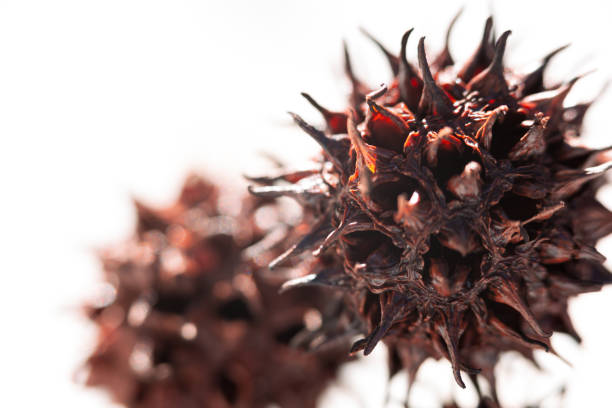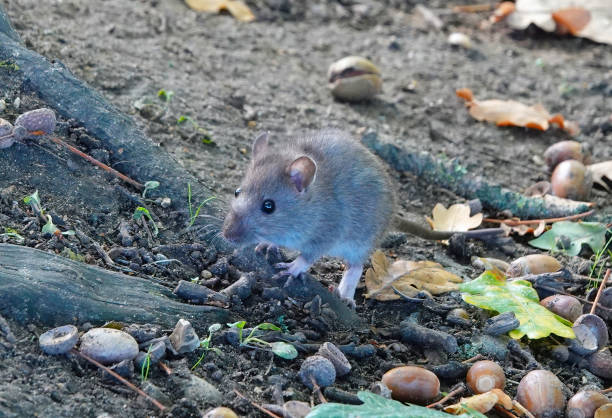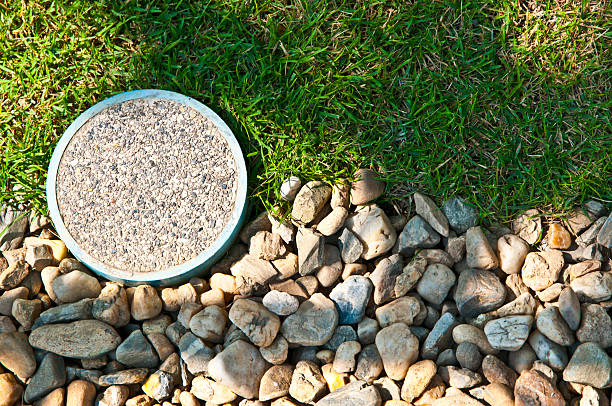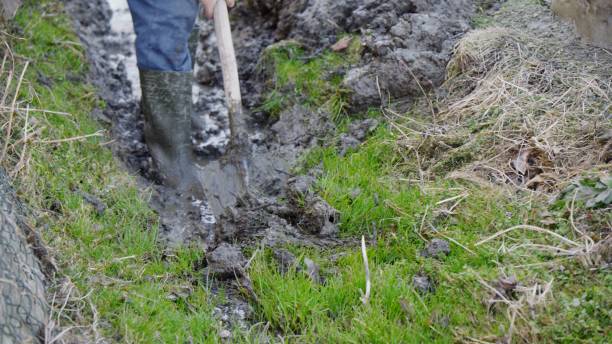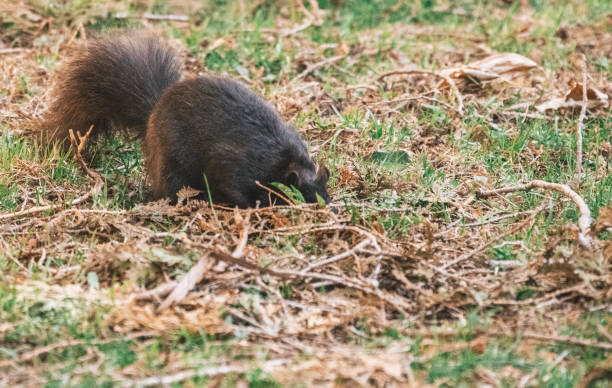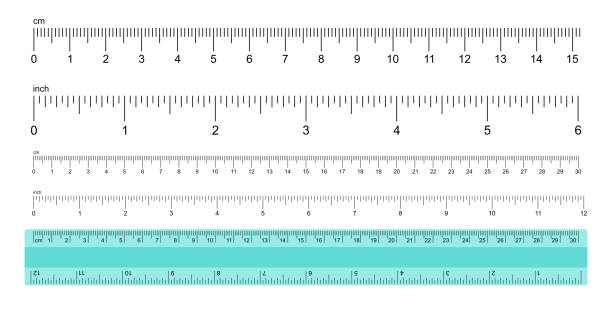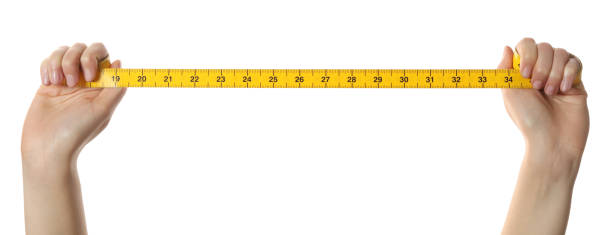How to Remove Gumballs from Your Yard
This post contains affiliate links. This means I will make a commission at no extra cost to you should you click through and make a purchase. Read the full disclosure here.
Gumballs, those pesky round seeds that fall from sweetgum trees, can be a nuisance to deal with in your yard. Not only can they create an unsightly mess, but they can also be a tripping hazard and make it difficult to maintain a clean and tidy outdoor space. In this article, we will explore various methods to help you effectively remove gumballs from your yard.
Why Are Gumballs a Problem in Your Yard?
Gumballs may seem harmless, but they can present several issues in your yard. Here are a few reasons why you might want to remove them:
Tripping Hazard: Gumballs can create a hazardous situation, especially for children and the elderly. Stepping on gumballs can cause slips, falls, and injuries.
Lawn Damage: When gumballs are left on the ground, they can create bare patches in your lawn by preventing sunlight and water from reaching the grass.
Difficulty in Mowing: Gumballs can clog your lawnmower, making it harder to mow the lawn evenly and efficiently.
Unsightly Appearance: The presence of gumballs can detract from the aesthetic appeal of your yard and diminish its overall beauty.
Tools and Materials Needed:
Before diving into the various methods, gather the following tools and materials:
- Rake
- Broom
- Dustpan
- Leaf blower
- Gumball picker upper
- Wet-dry vacuum
- Gumball dissolver or weed killer (optional)
Method 1: Manual Gumball Removal
If you prefer a hands-on approach, manual gumball removal is the way to go. Follow these steps to clear your yard of gumballs:
Step 1: Raking:
Begin by using a rake to gather gumballs into a pile. Make sure to cover the entire area and collect as many gumballs as possible.
Step 2: Sweeping:
Once you have gathered the gumballs into a pile, use a broom to sweep them into a dustpan. This method is effective for smaller yards or areas with a moderate number of gumballs.
Step 3: Using a Leaf Blower:
For larger yards or areas with a heavy gumball presence, using a leaf blower can save you time and effort. Use the leaf blower to blow the gumballs into a pile, and then collect them with a rake or broom.
Method 2: Using a Gumball Picker Upper
A gumball picker upper is a specialized tool designed to make gumball removal easier. Here’s how you can use it:
- Push the gumball picker upper over the gumballs, allowing the prongs to pick them up.
- Once the prongs are filled with gumballs, deposit them into a bucket or bag.
- Continue the process until all the gumballs are collected.
Method 3: Using a Wet-Dry Vacuum
If you’re dealing with a large number of gumballs or want a more efficient method, a wet-dry vacuum can come in handy:
- Attach a wide nozzle attachment to your wet-dry vacuum.
- Use the vacuum to suck up the gumballs from the ground.
- Empty the vacuum as needed to prevent clogging.
Method 4: Chemical Solutions
If manual methods are not yielding satisfactory results, you can consider using chemical solutions to dissolve or eliminate gumballs:
Step 1: Applying a Gumball Dissolver:
Look for a gumball dissolver product specifically designed to break down gumballs. Follow the instructions on the label to apply it to the affected areas.
Step 2: Using a Weed Killer:
Alternatively, you can use a weed killer that is safe for your lawn. Apply the weed killer according to the manufacturer’s instructions, targeting the areas with gumballs.
Prevention Tips to Keep Gumballs Away
While it’s essential to know how to remove gumballs, preventing their accumulation in the first place is even better. Here are some prevention tips:
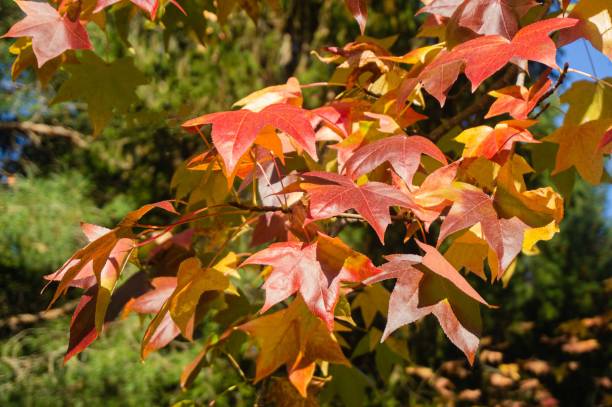
Tree Maintenance: Regularly trim and prune sweetgum trees to reduce gumball production.
Gumball Collector Bags: Attach gumball collector bags to the tree branches, which can catch the falling gumballs before they reach the ground.
Professional Tree Service: Consult a professional tree service to discuss long-term solutions for managing gumball production on your property.
Conclusion
With the methods mentioned above, you can say goodbye to gumballs and enjoy a cleaner, safer, and more appealing yard. Whether you choose manual removal, specialized tools, or chemical solutions, it’s important to find an approach that suits your needs and preferences. By following prevention tips, you can minimize the hassle of dealing with gumballs in the future.
FAQs
How often should I remove gumballs from my yard?
It’s best to remove gumballs regularly, especially during the peak season when they fall from the trees. Aim for weekly or bi-weekly cleanups to prevent accumulation.
Can I use a regular vacuum cleaner to remove gumballs?
While a regular vacuum cleaner can technically pick up gumballs, it may not be the most efficient option. Gumballs can clog the vacuum and cause damage. It’s better to use a wet-dry vacuum or a specialized gumball picker upper.
Are gumballs harmful to pets?
Gumballs are generally not harmful to pets if ingested in small quantities. However, they can pose a choking hazard, so it’s advisable to keep your yard clear of gumballs to ensure your pets’ safety.
How long does it take for gumballs to decompose?
Gumballs can take several years to decompose naturally. Removing them promptly will prevent long-term issues in your yard.
Can I use the gumballs for any other purpose?
While gumballs are not commonly used for other purposes, some creative individuals have found ways to incorporate them into craft projects or use them as natural mulch. However, make sure to clean them thoroughly before using them in any application.

